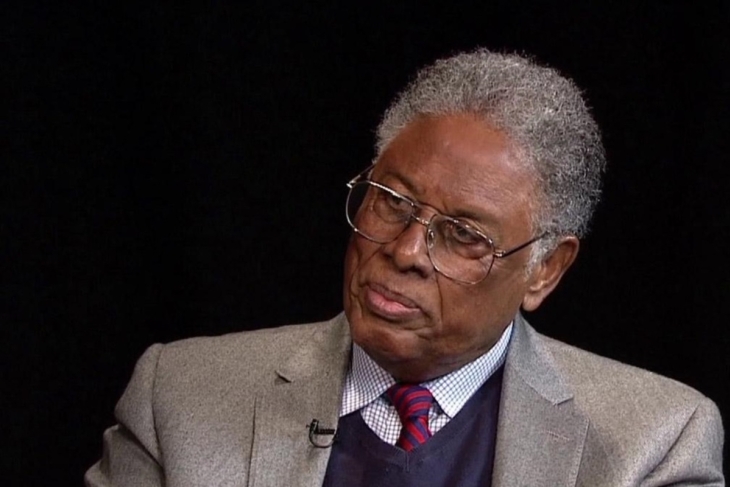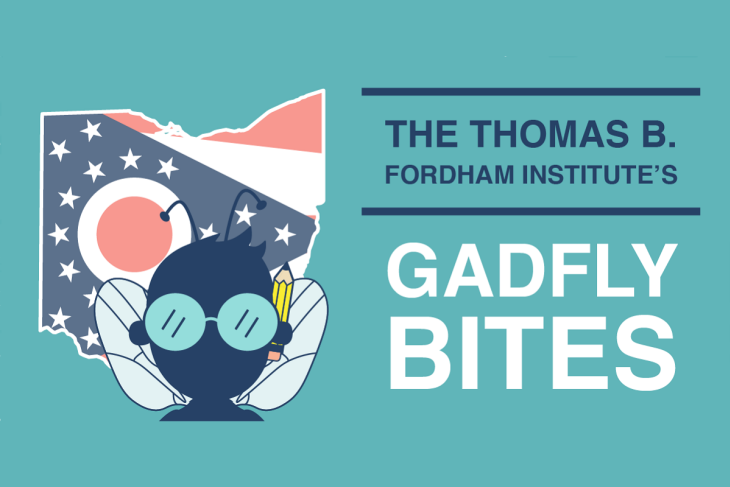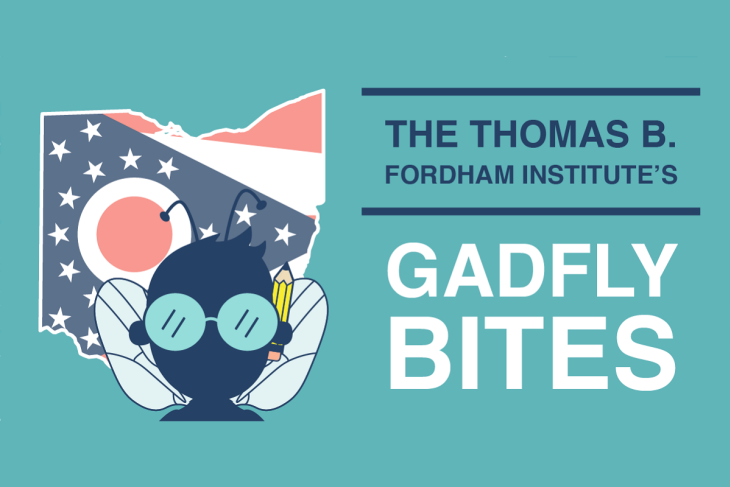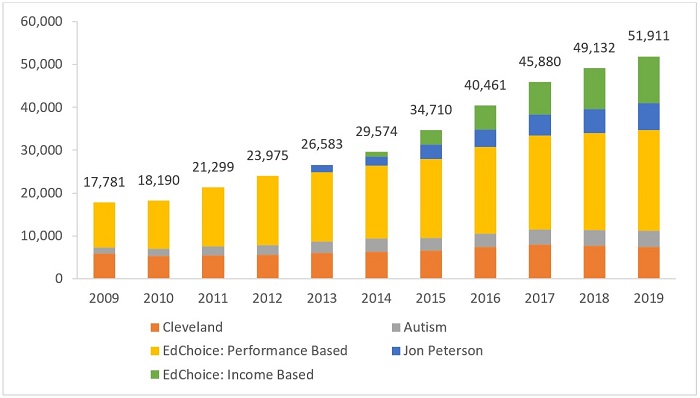Great Minds creates curricula in math, English language arts, and science for grades PK–12. I’m its founder and CEO, and when Covid-19 hit, we were ill-prepared for digital distance learning, like most everyone else. A RAND survey found that, pre-pandemic, most teachers used digital materials only to supplement their main curricula. We knew schools and districts needed vendors like us to respond to school closures with instructional materials that would help learning continue at home, including students lacking technology. With the support of partner districts, including Baltimore and Syracuse, we dropped everything to pivot from publishing print materials to recording digital lessons. Along the way we learned a few things that may help fellow educators as we all prepare for an uncertain school year this fall.
1. Whether students are in school or at home, content is king. Learning might look different at home, with perhaps fewer hours of study, but it shouldn’t suffer in quality. Wherever they are, students need access to the same kind of comprehensive, coherent, knowledge-building curricula that many use in the classroom.
In her book The Knowledge Gap, Natalie Wexler writes about a fourth grader named Matt who considered himself a member of the “dumb group.” Then his class studied a literacy module about the human heart. He wrote about Clara Barton and became an enthusiastic class participant and reader—and “smart.” Students need something worth writing about. Good content delivers. It also helps students understand and respond to current events. Kyair Butts, 2019 Baltimore teacher of the year, described how his sixth graders’ study of resilience in the Great Depression and the shared human experience of The Odyssey helped them weather the quarantine.
2. In an emergency, organizations must be able to pivot quickly. As of mid-March, we had zero online video lessons. By mid-May, our staff had completed 1,054 free video lessons in what we called Knowledge on the Go. Teachers assigned these lessons to students and parents used them with their children. We saw more than 8 million web views in eight weeks, with users in all fifty states and 188 countries.
Standing up a suite of cohesive, coherent lessons in three subjects wasn’t easy. For weeks, much of the staff worked twelve- to fourteen-hour days on a completely new, technically difficult project that brought a range of challenges, from video quality to complicated recording software. But our employees felt strongly that helping quarantined students, teachers, and parents was the right thing to do. More than 75 percent of our curriculum team consists of current or former teachers. Many are also parents. Both kinds of expertise contributed to their successful delivery of distance learning lessons.
3. Find partners to amplify your own expertise. We have a website, an email subscriber list, and social media channels. Yet we needed much help in spreading the word about our online lessons to the teachers, parents, and students We asked education associations and think tanks to tell their networks about our lessons. We also worked with school districts to broadcast them on public access and public television channels to reach students who lack computers or internet access at home.
4. Listen to the field and act on feedback. Our teachers recorded lessons of varying lengths, whatever the material required. Some parents told us the initial videos were too long for young children. So we shortened the lessons. Teachers and parents asked for more features. We added more Spanish language materials. We swiftly made our print student editions and assessments available digitally. For our next iteration of online learning, we’re adding more digital tools to help students complete their work and assist teachers in evaluating that work and gauging student progress.
—
Now, more than ever, students need educators who evolve with the times to help them build knowledge, discover new ideas, and set a path for lifetime success. My company succeeded in our new endeavor. We’re here to cheer on others. You can do it, too.










